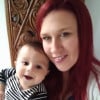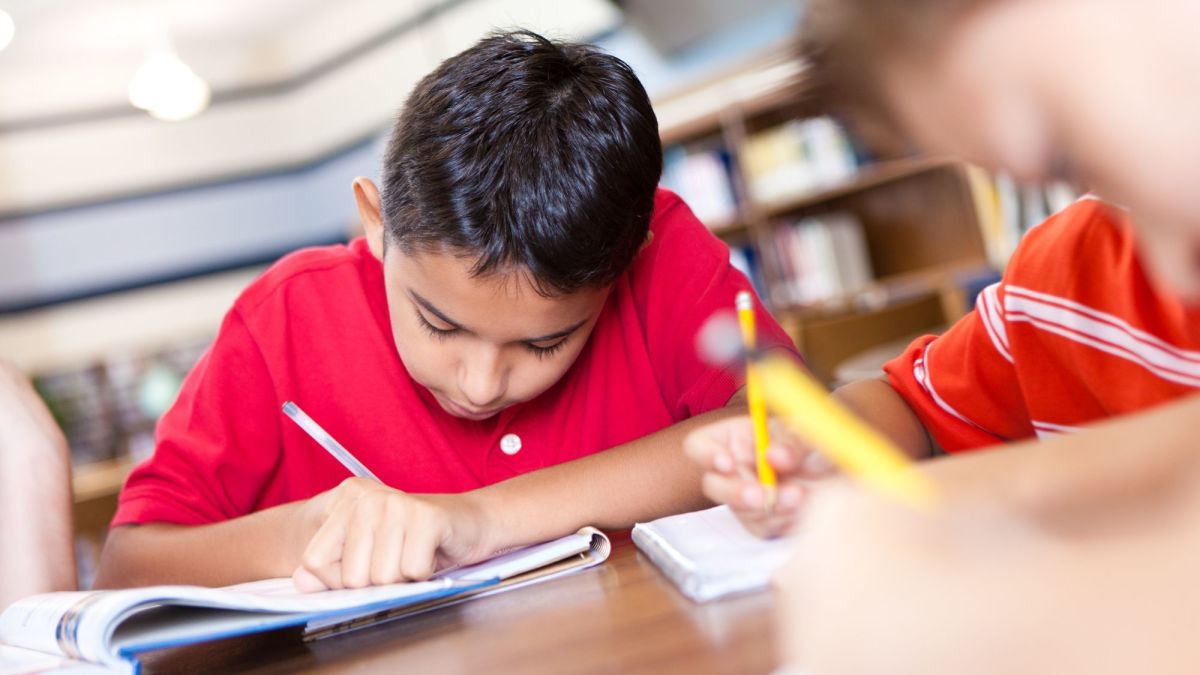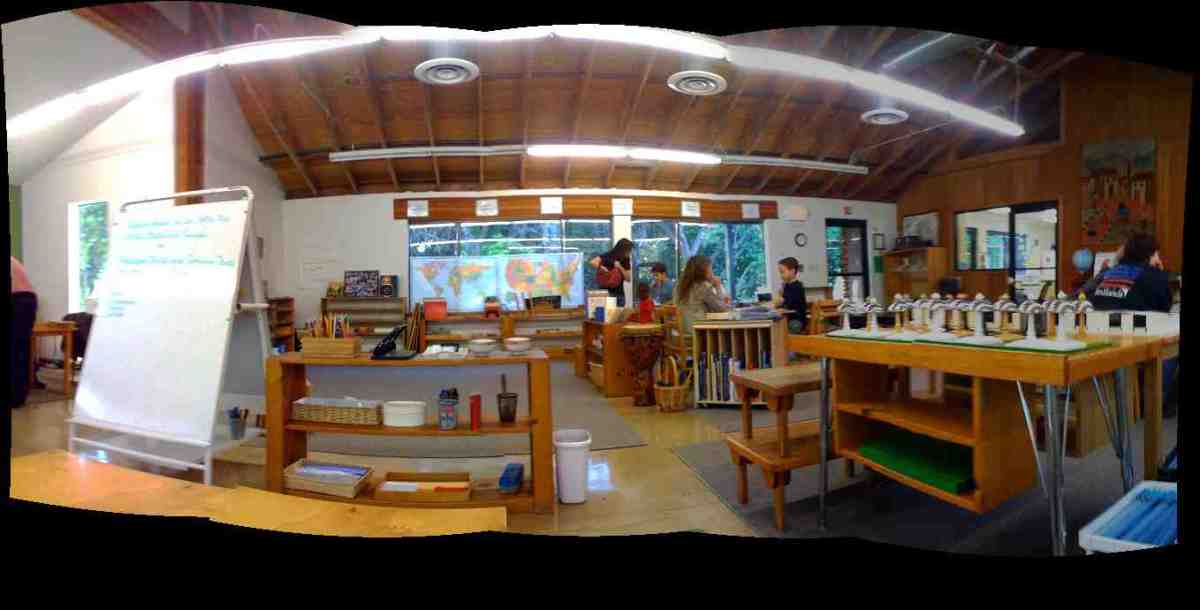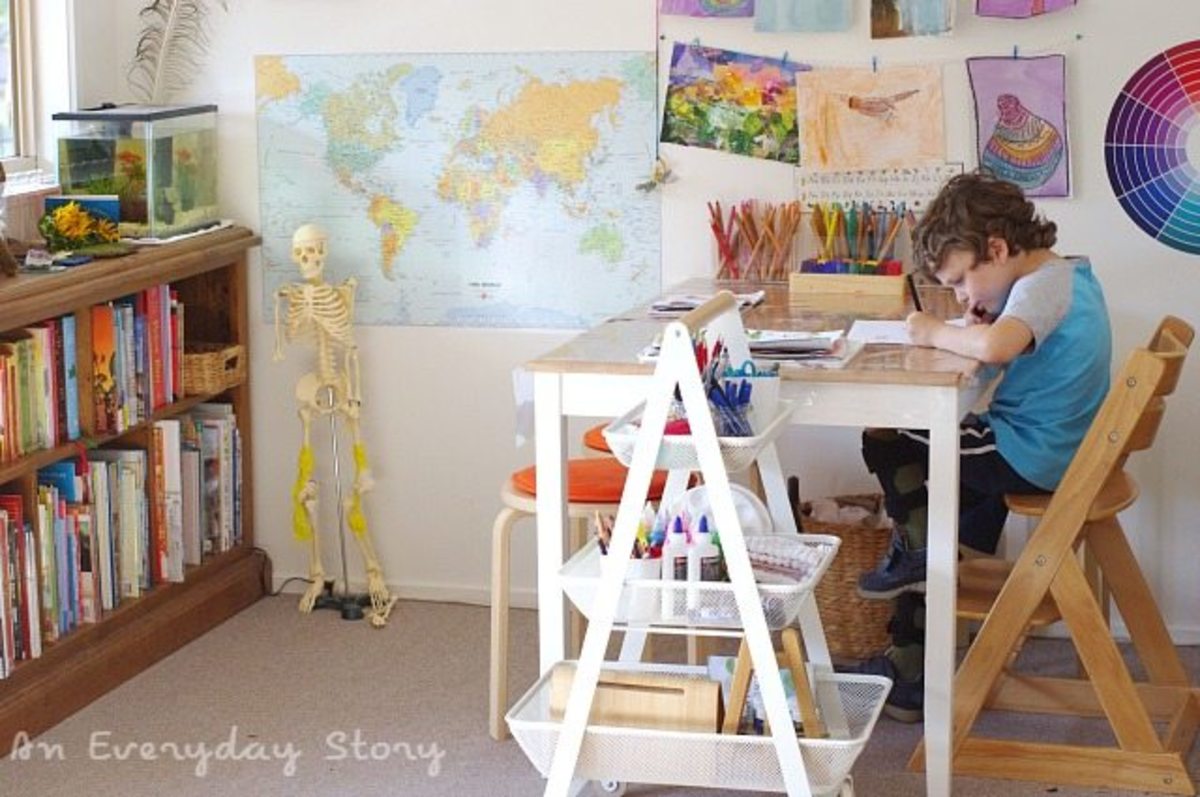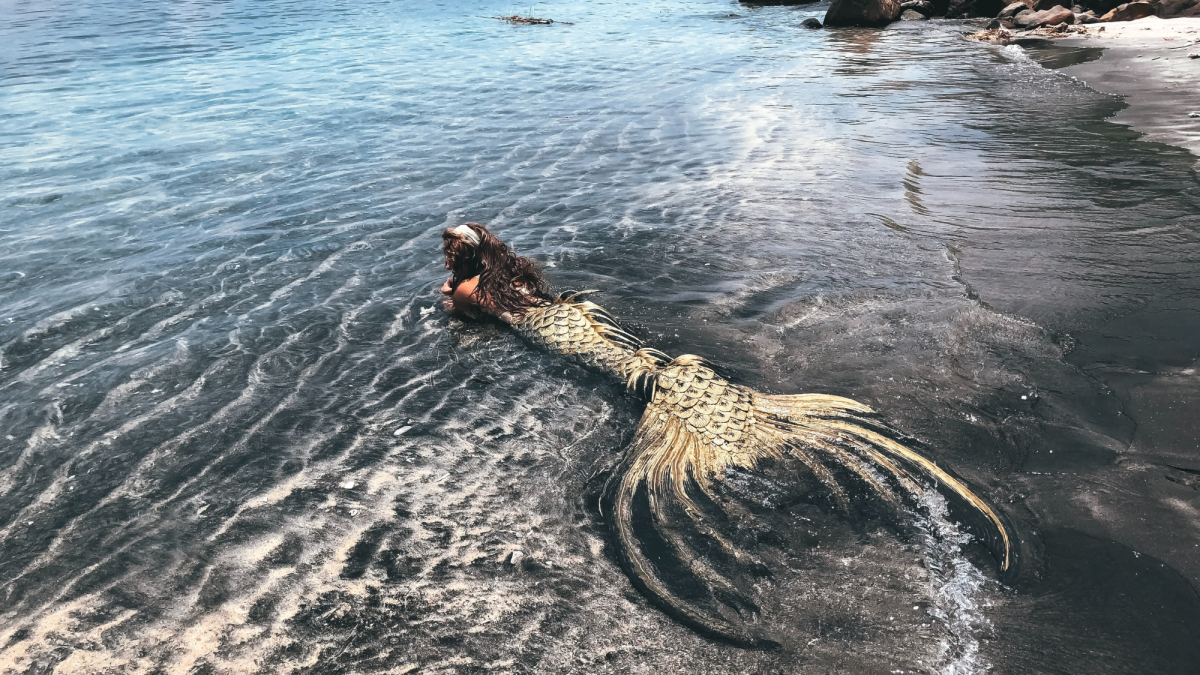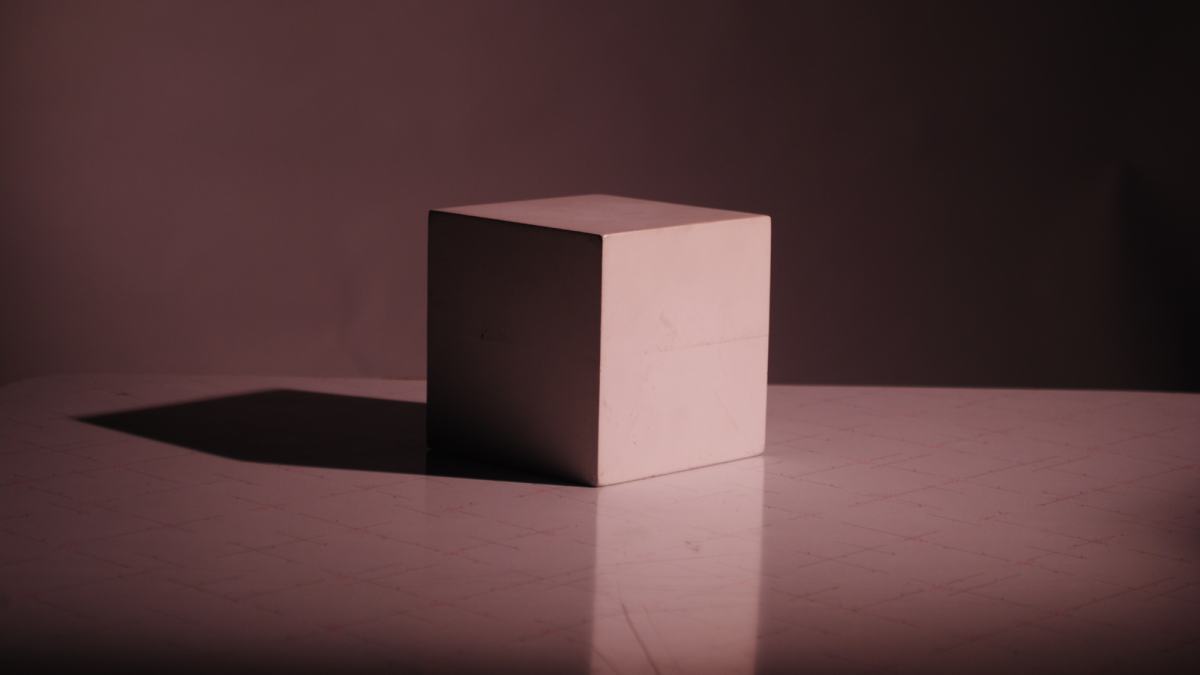Education/ Theory
Curriculum Based Assignment

Outline of Curriculum Based Assignment
Curriculum-based Assignment
The curriculum that the assessment was created for is elementary Science. The specific area of Science that will be assessed is seeds and plants. The unit plan created will introduce first grade students to economic vocabulary and content. The children will learn that plants are living things, that plants need air, water, sun and nutrients to grow, they will learn parts of the plant such as; roots, stems, leaves, flowers and seeds, and how these work together to make food, students will learn that flowers make seeds, and that those seeds will produce the same plant, and that some seeds and plant are edible. . The lessons will be interactive. The students will experience these terms through asking questions they want to know and answering these questions. The students will also experience growing, observing and documenting the changes of the seed to the plant. Students will use books in class and materials provided to create an understanding of seeds and plants.
A unit plan in New York state needs to align with the New York State Education Department’s (NYSED) standards. The standards are spilt according to content area (Social Studies, Science, Math and Technology, English Language Arts…). The Science standards are split into subcategories. For this unit plan standard one of Science best applies. Standard one’s key idea of elementary Science standards says that “the central purpose of scientific inquiry is to develop explanations of natural phenomena in a continuing, creative process. This is broken down into indicators. The indicators that relate to the seed and plant unit are: “1. Ask "why" questions in attempts to seek greater understanding concerning objects and events they have observed and heard about, 1a. Observe and discuss objects and events and record observations, 1b. Articulate appropriate questions based on observations, 1.2. Question the explanations they hear from others and read about, seeking clarification and comparing them with their own observations and understandings, 1.2a. Identify similarities and differences between explanations received from others or in print and personal observations or understandings, 1.3. Develop relationships among observations to construct descriptions of objects and events and to form their own tentative explanations of what they have observed, and S1.3a. Clearly express a tentative explanation or description which can be tested (New York State Education Department, 2009).” Children will do all of the above in this unit plan of seeds and plants. The children are asking their own questions about plants and record what know and hypothesis they have. The children then answer the questions and hypotheses by researching books with teacher and through direct observation. (New York State Education Department, 2009).” Standard four- the living environment is also considered in this unit plan. Standard four says that “Students will understand and apply scientific concepts, principles, and theories pertaining to the physical setting and living environment and recognize the historical development of ideas in science. (New York State Education Department, 2009)”. When doing this unit in your classroom the next unit study for Science could be animal and life cycles. These two units align closely with the standards. This unit would also include Math and ELA standards. Students would measure and write the growth and change in their seed and plant. Students would also have to do research on plants that would involve reading, listening or writing.
To assess the students prior knowledge the students will be provided with a sheet of paper with pictures and directions, that will be read by the teacher during the administration of the pre-test. The pre-test will looks as follows:
Circle the picture of the root of the plant:
Circle the picture of the leaves of the plant:
This would be questions that your main goals cover in the unit plan. This would include parts of the plants such as leaves, roots, stem, seed, flower, and fruit. As well as maybe ask some introductory questions on what parts of the plants do. The pre-assessment will give you an idea of where you need to focus most of your teaching to. If the children know everything you asked on the pre-test they are ready to move on to more complex ideas of living science. The students will be assessed by the number of questions they answer correctly. It will not be graded but used to compare to what the child has learned after the unit is over.
The assessment during the lesson is just as important as the pre and post assessments. There are a variety of assessments that can be used to help guide your instruction. Some of the best assessment can come from anecdotal that you observe. This for example would be a child comparing the growth of the stem to one of their friends next to them. This can be a quick jot down of what you saw. Checklists are also a great way to determine if your students are learning and understanding the curriculum. For individual lessons you may have terms and skills you want the students to use. With the use of a checklist you can check off each skill you observed from each student. Some skills that may be included are that the student uses a ruler, starting from zero, to measure the growth of their plant. For writing assessment a rubric could be created for grading. Before assessing the children’s work you should state your clear expectations of content of the assignment. Some of the criteria may be that the student’s use four of their vocabulary words. Another may be that the student not only uses the vocabulary word but describes it accurately. Another form of assessment that would be included is a portfolio. All of the work from the unit including pictures, papers, research and other assignment. That would show the student’s development of understanding from the beginning of the unit to the end.
For the summative assessment of the seed and plant unit students are able to choose out of a list of final projects. They could do anything as long as it follows the same outline of information. For the final project the student must choose a plant that can be a veggie or a fruit if they want or a flower. The students then label the parts of the plant, what they need to survive, and information of the plant or flower they choose. The children could create a poster, a diorama, a video, they could present to the class, they could present to the class dressed as their flower or plant with the different parts. These would be suggestions but the children could choose their presentation for their final evaluation. This would be so that the children would feel most comfortable about their presentation. Some children love to share with the class. For other children sharing in front of the class is their worst nightmare. The way the student’s performance would be documented is through a rubric that states the expectations of the project. These would be the same expectations that are shared with the students when the project is presented. For example, a student included only four of the ten vocabulary words this may only be deemed a 3/5 on a rubric. For a student to receive a five they would have to include all ten vocabulary words. When using a rubric like this it is important to give the students your clear expectation of what they are to include in their project. Summative assessment is used to determine the student’s growth from the beginning of the unit. For example a student in the pre-test assessment may have only known two out of ten of the vocabulary words and only able to explain what one did. After the unit the student was able to present their understanding of nine out of ten or ten out of ten vocabulary words.
References
New York State Education Department. (2009, May 5). Science learning standards and core curriculum. Retrieved from http://www.emsc.nysed.gov/ciai/mst/scirg.html.
